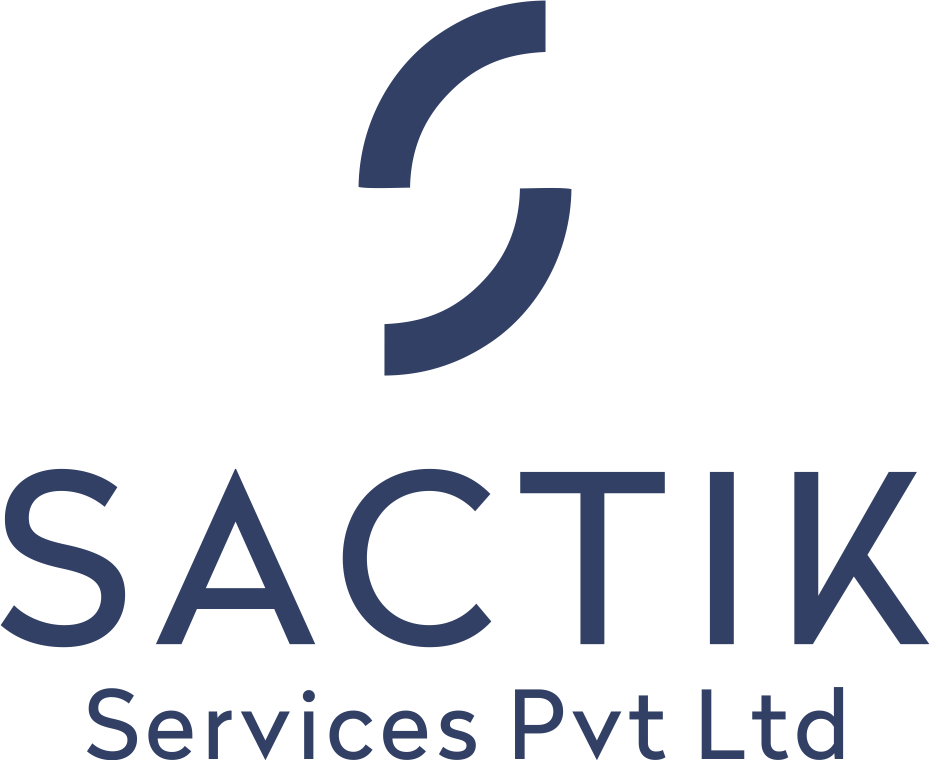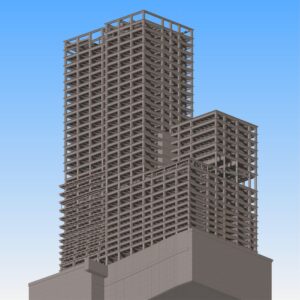Architects face several difficult challenges in their work, often involving intricate design processes, unexpected cost increases, and the need to constantly adapt designs to client needs. These challenges can be difficult to manage using traditional methods. Therefore, Building Information Modeling aka BIM has emerged as a popular solution for architects and architectural firms who are facing complex projects and tight deadlines, architects are increasingly turning to BIM to address these critical issues for their construction project.
This article will discuss the three main challenges architects encounter and how utilizing BIM Services in architectural projects can effectively resolve them. These challenges significantly affect architects, making BIM solutions essential to address them. However, before exploring the solutions, let’s understand why BIM is crucial for architectural firms.
Understanding the Importance of BIM for Architectural Firms
BIM has become a crucial tool for architectural firms which offers significant benefits throughout the design process. Here are some key advantages of BIM for architects:
- Increased Efficiency: BIM can save hundreds of hours and millions of dollars compared to traditional CAD-based workflows. This is achieved through improved collaboration, automated tasks, and streamlined revisions.
- Enhanced Collaboration: BIM facilitates seamless collaboration between architects, engineers, and other project stakeholders. This reduces communication errors and ensures everyone is working with the latest information.
- Clash Detection: BIM models enable proactive identification and resolution of potential conflicts between different building elements before construction begins. This helps to prevent costly rework later.
- Digital Simulations: BIM Modeling Services allow for simulations to analyze various aspects of the design, such as lighting, energy use, and building systems. This helps architects make informed decisions early in the process.
- Improved Visualization: BIM creates 3D models that provide a clear understanding of the design for both architects and clients. This facilitates better communication and reduces the risk of misunderstandings which can occur due to different interpretations of 2D drawings.
- Accurate Planning: BIM models provide accurate data for scheduling and cost estimation, leading to improved project predictability and reduced risk of overruns.
What are the Challenges Faced by Architects and How BIM Addresses Them in Architectural Projects
Challenge 1: Inconsistent or Inaccurate Data and Siloed Workflows
Problem: Utilizing traditional CAD drawings, which rely on manual processes, leads to inconsistent or inaccurate data. Paper-based sketches and drawings created by different teams in isolation result in fragmented information. This lack of communication among design teams creates numerous errors that can have a domino effect on the design and later stages of the project. Inaccurate data leads to clashes (conflicts between building elements), costly rework, and delays in design and approvals.
Solution: BIM as a Single Source of Truth and Data Standardization
BIM Coordination Services is considered to be crucial for modern architectural projects. A BIM model provides high data accuracy and consistency by aligning architectural designs with those from other disciplines in a 3D environment. This collaborative approach improves data validity by enabling seamless information sharing, ideas, feedback, and quality checks from a centralized, reliable data source.
Furthermore, by using global standards and specifications fuels data standardization. This includes object classifications, annotations, attribute definitions, analysis, simulations, and interoperable file formats like IFC while adhering to industry standards like AIA (American Institute of Architects) and more. Efficient information and document management are also crucial for 3D model data standardization. These practices guarantee model consistency, reliable information, and continuous innovation in architectural design.
Challenge 2: Difficulty Modifying Designs Based on Client Needs
Problem: Traditional processes and tools struggle to achieve designs that fully meet client needs. Using CAD drawings with limited data accuracy, validity, and visualization capabilities increases the need for design modifications. Sending numerous requests for information (RFIs) to the client for clarification leads to cost overruns, more revisions, and design delays. Aligning the architectural design with the client’s vision, functional requirements, and budget is difficult with legacy tools.
Solution: Customized Models and Faster Modifications with BIM Tools
BIM processes and tools empower architects to be more flexible, creative, collaborative, and efficient. Parametric design capabilities support generative design, while Revit libraries and Dynamo automation accelerate 3D model creation. This helps to reduce repetitive tasks and enhance realism in architectural design assets. Collaborating in real-time with various teams on a single 3D model allows for faster modifications and speeds up design approvals from the clients. BIM solutions promote collaboration among teams and clients, fostering greater clarity and shared vision. The 3D model’s design flexibility allows for quicker changes while maintaining design functionality and integrity. BIM technology facilitates realistic project timelines, regulatory compliance, and budget considerations through efficient design modifications. This ultimately leads to client satisfaction.
Challenge 3: Staying Within Budget Constraints
Problem: Staying within budget is challenging when using outdated tools for architectural design. Working with CAD-based assets can lead to inaccuracies and the need for rework, resulting in cost overruns and project delays. Isolated and siloed workflows for generating 2D drawings, sketches, or other documents lack transparency in terms of project asset costs.
Solution: Detailed Cost Estimation for Budgeting and Resource Planning
Integrating a coordinated, clash-free 3D BIM model with 5D cost estimation offers architects a detailed view of accurate cost projections. These reliable cost estimates, coupled with feasibility studies, enable architects to monitor how design changes impact costs. This comprehensive approach facilitates improved planning, enhanced cost control, and better decision-making regarding design options, materials, and processes, helping architects balance their vision with budgetary constraints. Tracking project costs within the 3D model allows architects to be proactive in risk management by avoiding conflicts and cost overruns. Accurate cost estimates build transparency, trust, and credibility between clients and design teams, leading to complete client satisfaction and financially viable projects.
Final thoughts…
The challenges of inconsistent data, siloed workflows, and inflexible design processes are prompting architectural firms to embrace BIM solutions. BIM offers a comprehensive approach to project management, creating a single source of truth for data, fostering seamless collaboration, and facilitating efficient design adjustments. This translates to enhanced cost control, and improved client satisfaction, ultimately leading to the project’s success.
Ready to unlock the transformative potential of BIM for your architectural firm? Contact us today to explore how our expert BIM Services can help you achieve your project goals.










